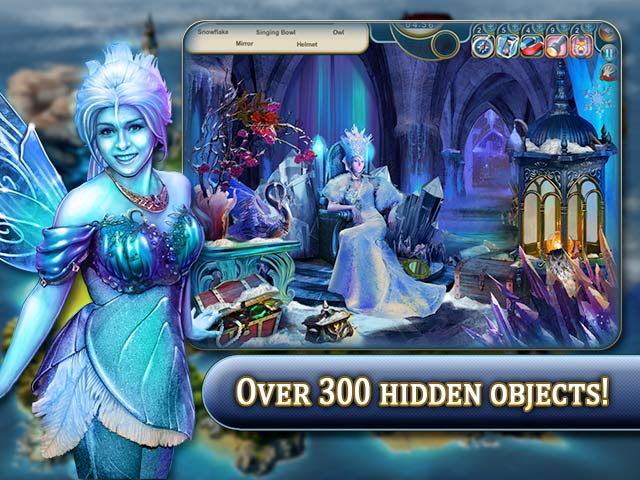


For example, Hidden Folks is considered more of a searching game, as to find one character among hundreds on the screen that look similar to each other, similar to Where's Waldo. More recently within indie games, new takes on the hidden object genre have changed the approach these take.

Mystery Case Files: Huntsville established many of the principles in both gameplay and narrative that would be predominate in hidden object games since. Mystery Case Files: Huntsville, released by Big Fish Games in 2005, is considered the first modern hidden objects game, coming at the rise of casual gaming in the mid-2000s. Other early incarnations are the video game adaptations of the I Spy books published by Scholastic Corporation since 1997. An early hidden object game was Mother Goose: Hidden Pictures, released for the CD-i in 1991. The earliest hidden object games were played without equipment, when artists started to adapt puzzles into books, magazines, and newspapers (i.e. Attractive visuals of hand-painted, 2D art that can be playable even on the weakest of personal computers.Fantasy themes with supernatural elements that includes vampires and themes of romantic horror.Characters that need to be rescued from something and would have relations to the main protagonist.Courageous, adventurous female protagonists.Hidden objects generally tend to feature: If the player discovers all of the things, they generally earn some key required object. Meanwhile, an hidden object puzzle will pop up for the player. Thereafter, they would go searching for where they are supposed to use them to progress in the game. The player will pick up objects and add them to their inventory. In an hidden object game, the player would wander from one place to another where he or she would uncover objects that require a key, a text from scattered scraps of paper, an electrical fuse or a seashell, among other things.


 0 kommentar(er)
0 kommentar(er)
